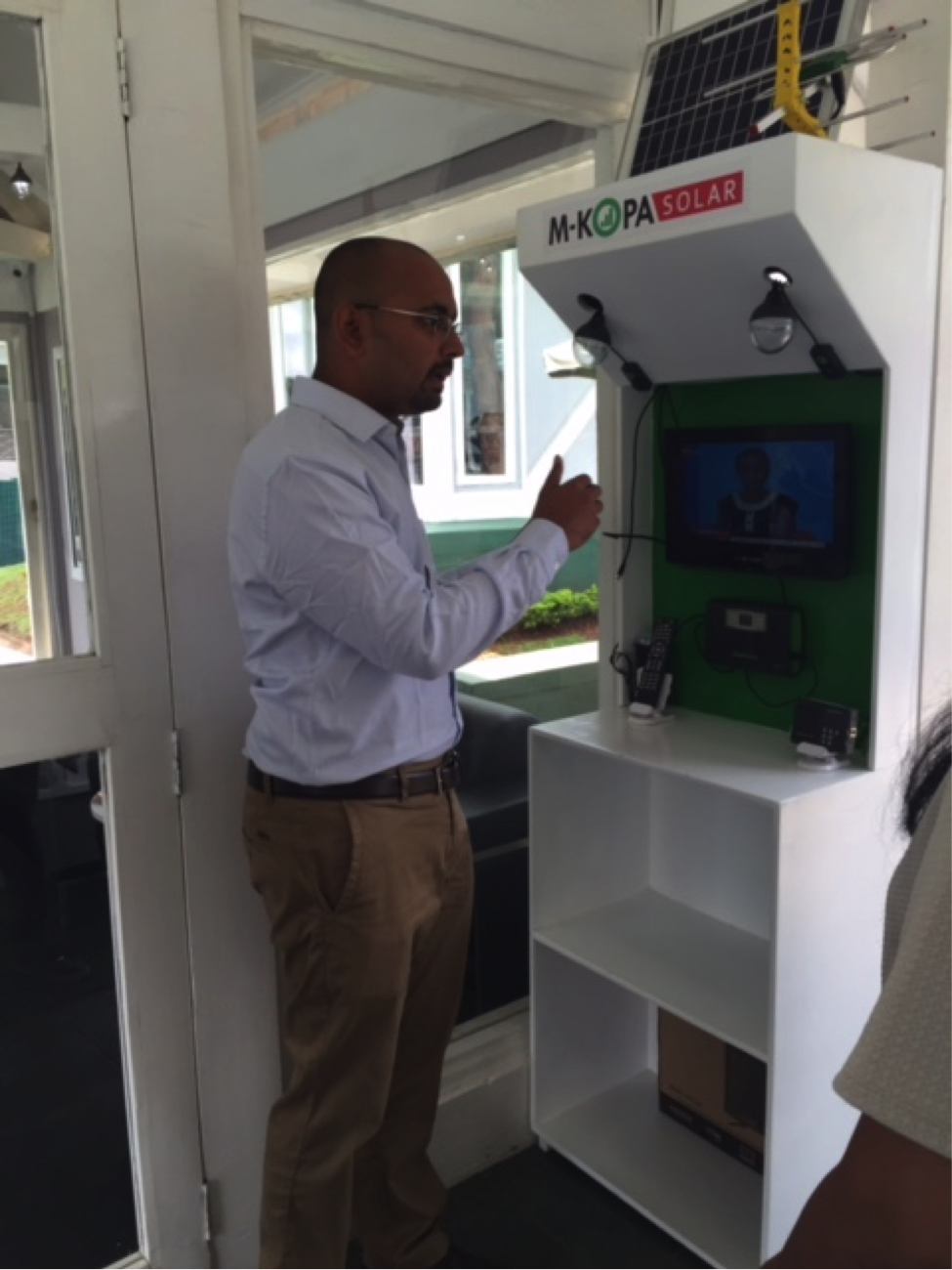Last week, the leadership team of the IFMR Group had an opportunity to visit Kenya and among other things, it was a fantastic opportunity for us to get a sense of the trajectory of Kenya’s financial sector development relative to ours in India. This post is intended to share some of our broad impressions.
We arrived to headlines of a banking crisis in the local newspapers. Chase Bank, Kenya’s 11th largest Bank, experienced a run on the bank and had just been placed in receivership – the third such bank in the last few months. The issues seemed idiosyncratic – bad loans and governance failures and also appeared limited to the small-sized banks. Kenya has 42 commercial banks for a population of ~ 44 mn. (Contrast with India’s 100 or so Scheduled Commercial Banks for a population of 1.2 billion). In the meanwhile, new bank licenses have been put on hold by Governor Njoroge.
We spent a couple of hours understanding the business model of M-Kopa (excellent FT interview here). They have developed an excellent pay-as-you go solar energy solution for households who are off-grid and the service is seamlessly integrated with M-Pesa (the founding team is heavily drawn from Safaricom), rendering it a fully cashless operation. Interestingly, since the SIM-controlled unit gives them a “kill switch”, they are able to leverage the household’s eventual ownership of the solar unit to also finance other consumer durables such as water tanks and cook stoves. A neat solution to moral hazard! They have also launched a personal finance product that appeared to be in the same category as M-Shwari, the Commercial Bank of Africa’s unsecured loan product based on M-Pesa usage patterns that has rapidly scaled up since launch. The CFO explained to us their working capital cycle linked to consumer behaviour on payments (inevitable delays and non-trivial but stable write-offs) and the severe constraints on local financing options. In their case, all consumer payments directly are escrowed by the partner bank, eliminating servicer risk on M-Kopa although product risk remains key.

We were excited to hear their plans to launch in India although significant work will be required to replicate the cashless environment and to co-exist sustainably with the Indian Government’s rural electrification drive. We were very impressed with M-Kopa’s mission focus and the small, thoughtful touches everywhere on their beautiful campus. See this exhibit for instance:

M-Pesa continues to be a significant driver of the financial system. Findex (2014) reports that almost 60% of adults in Kenya above the age of 15 have a mobile money account while that number in India is about 3%. It took us a passport and less than 5 minutes to open an account and start transacting with an agent near the airport. We overheard that ~ 40% of the Kenyan GDP now flows through M-Pesa. Even the Post Bank of Kenya, who we briefly met, uses the M-Pesa network. While the concerns on market dominance continue, the Kenyan Government apparently owns 35% in Safaricom Kenya now as a strategy to limit this risk.
In the Mor Committee’s Report, we talk about our vision of a “Payments Highway” – comprising a shared back-end of Aadhar, e-KYC, AEPS, UPI and the Payment Banks providing the agent networks for cash-in/cash-out. The belief is that once this infrastructure is in place, several users including lenders, consumer goods distributors and so on could leverage it seamlessly for payments without having to invest in creating a proprietary network. In Kenya, it felt like we saw this Payment Highway in action; with an important design difference though. Despite our significantly later start, if Payment Banks in India are able to pull off activation of a nation-wide agent network in the next few months, we would have a system characterised by publicly owned infrastructure at the back-end and atleast a few private players managing agent networks. In Kenya, the infrastructure and the agent networks are all controlled by a single provider. Our design should, in theory, enable more competitive outcomes for consumers.


